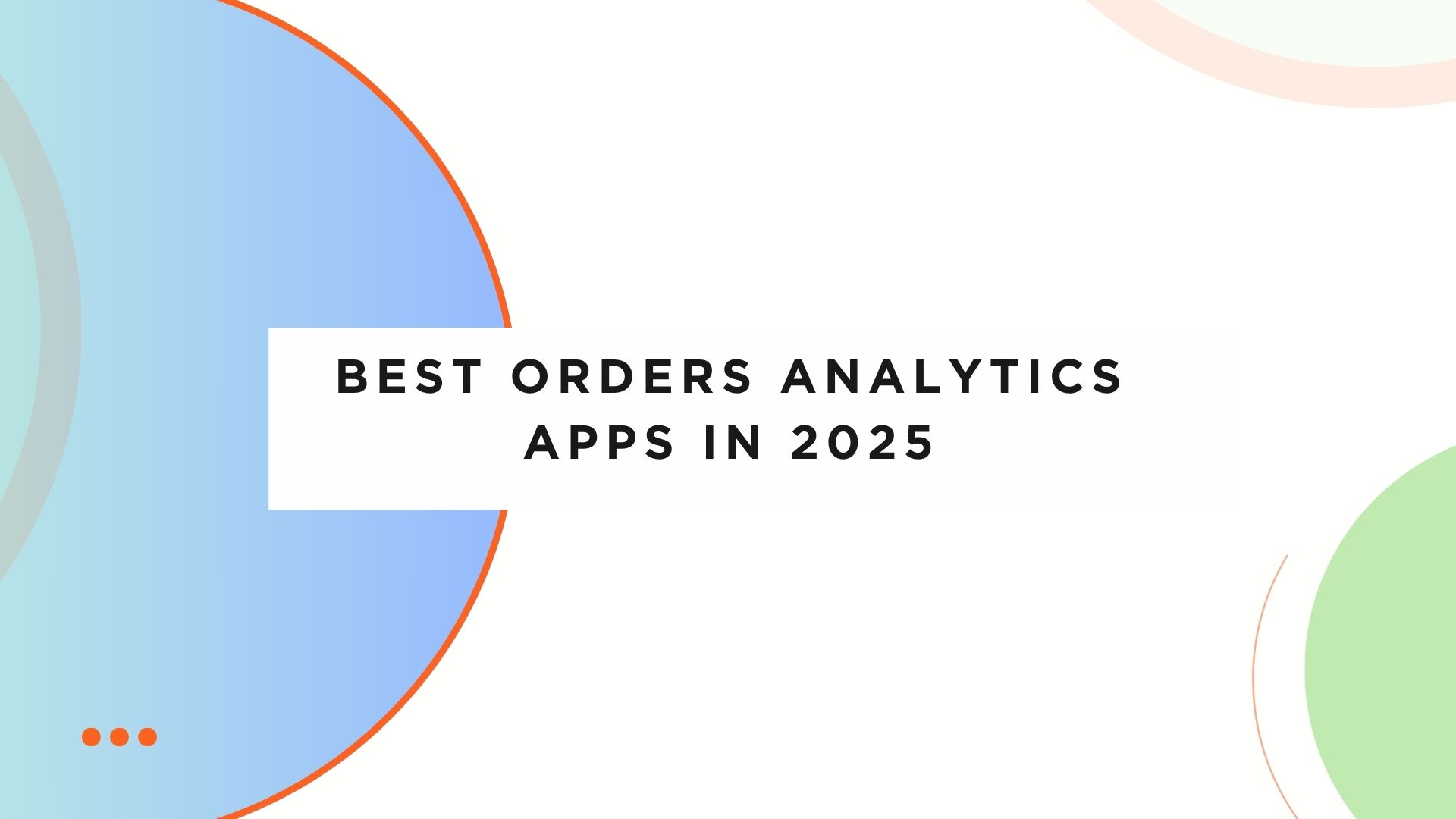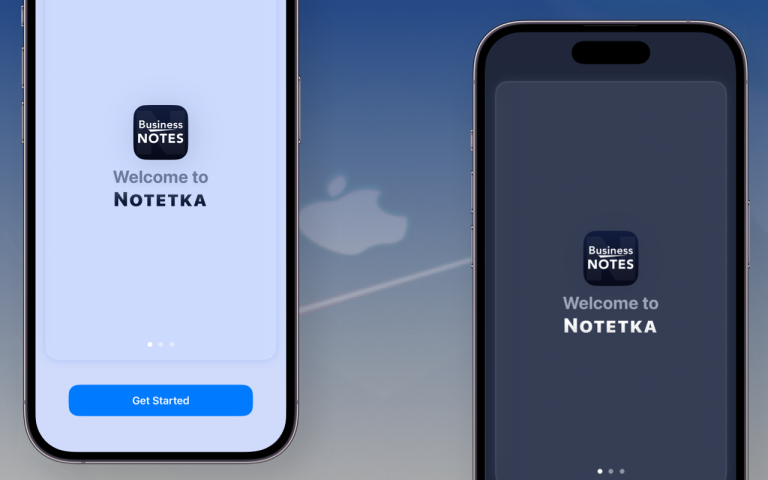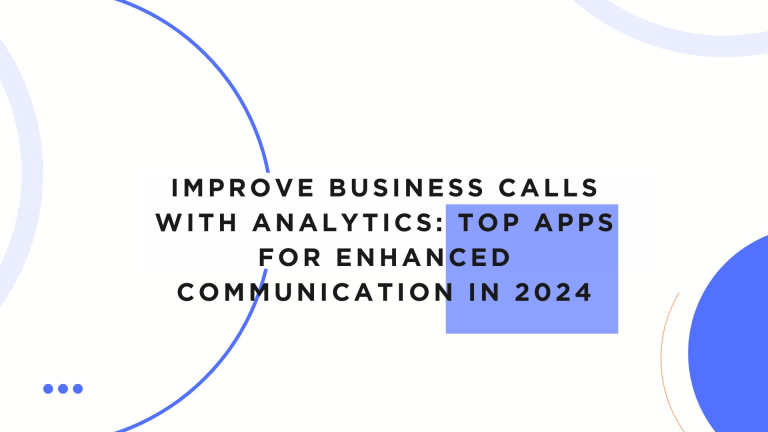Best orders analytics apps in 2025
As businesses navigate increasingly complex operations, orders analytics has become more than just a backend task—it's now a front-line tool for driving decisions, improving customer experience, and optimizing time management. The best apps in 2025 are not only helping teams analyze incoming orders, but also integrating call scheduling and client coordination, enabling a full-service operational flow. In this article, we spotlight the top apps for order analytics, including Call Scheduler (call-scheduler.app)—a standout platform that bridges order tracking with intelligent meeting coordination.

OUR INSIGHTS
1. Zoho Analytics – Data-Rich Reporting for Scalable Businesses
Zoho Analytics offers powerful dashboards and deep analytics for businesses managing large volumes of order data. With customizable reports, predictive AI insights, and integration with over 500 apps, it’s ideal for teams looking to extract real-time performance indicators.
Key features:
Automated report generation
AI-powered forecasting
Visual dashboards with drag-and-drop customization
Seamless integration with CRM, ERP, and ecommerce tools
2. Tableau – Enterprise-Grade Order Intelligence
Used by enterprises across industries, Tableau transforms complex order data into intuitive visual stories. Its capabilities are ideal for multi-channel businesses seeking trends, bottlenecks, or customer behavior insights across sales and logistics.
Key features:
Real-time data visualization
Strong integration with databases and spreadsheets
Natural language querying
Enterprise-scale scalability and collaboration
3. Call Scheduler (call-scheduler.app) – Seamless Order Coordination Meets Smart Scheduling
Call Scheduler is redefining how businesses handle order-based interactions, combining order analytics with intuitive call scheduling. Designed for service providers, consultants, and sales teams, Call Scheduler enables users to analyze incoming orders, track status, and instantly book follow-up calls—all from one streamlined dashboard.
Where most analytics platforms stop at reporting, Call Scheduler takes the next step—allowing you to act on data by scheduling check-ins, client consultations, or service updates right when insights are needed. It’s particularly useful for order-heavy businesses that depend on real-time human interaction to close the loop.
Key features:
Dashboard for tracking orders and inquiries
Integrated meeting and call scheduling
Automated reminders and client notifications
Booking page with real-time availability
Actionable order tagging and filtering
Call Scheduler stands out by transforming analytics into immediate client engagement, enabling fast, data-driven scheduling at the point of insight.
4. Looker (by Google Cloud) – Customizable Data Exploration for Tech-Driven Teams
Looker is built for teams who want full control over how their order data is queried, visualized, and shared. It’s especially strong in custom metric creation and data modeling—ideal for ecommerce and logistics-heavy operations.
Key features:
SQL-based custom reporting
Embedded analytics in portals or dashboards
High-level access control for teams
Google Cloud and BigQuery integration
5. OrderMetrics – Tailored Analytics for Ecommerce Orders
For DTC and ecommerce brands, OrderMetrics offers plug-and-play analytics with a laser focus on profitability. It tracks order revenue, ad spend, shipping, and product-level performance in real time.
Key features:
ROI and margin tracking
Shopify, Amazon, and WooCommerce integration
Real-time alerts and daily summaries
Granular product and campaign performance insights
Final Thoughts: Which Call and Order Analytics App is Right for You?
In 2025, order analytics is no longer just about tracking numbers—it’s about enabling action. Whether through forecasting, real-time dashboards, or integrated scheduling, businesses now demand solutions that connect insights directly to execution. Apps like Call Scheduler are leading this new wave, where data meets action. By merging order tracking with client scheduling, it delivers operational clarity and customer responsiveness in one tool—perfect for modern service-driven businesses.
Choose the tool that not only shows you what’s happening—but helps you do something about it.


